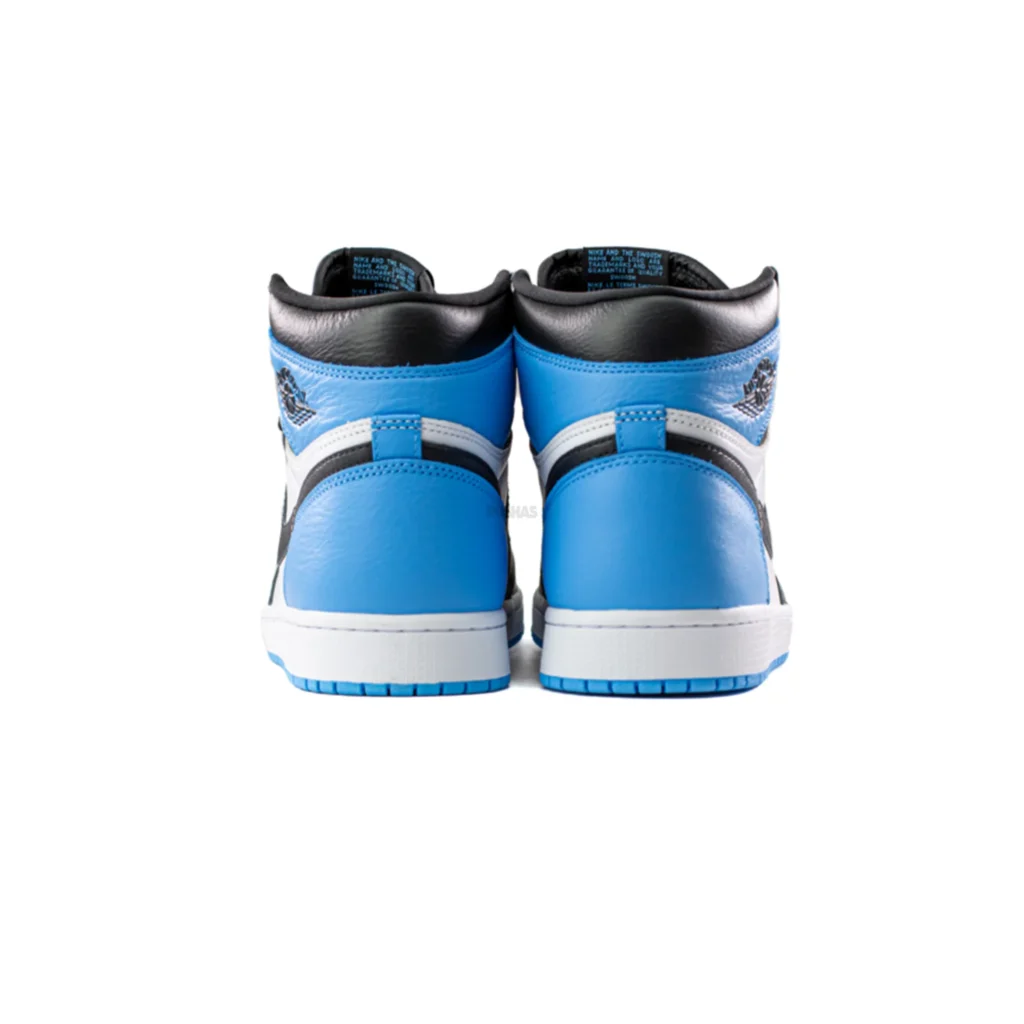When it comes to the sneaker reps community, authenticity has long been a cornerstone of respect and credibility. In the early days of online sneaker culture—think platforms like Nike Park, 23 Jumpman St., and the infancy of Niketalk—earning your reputation was no small feat. It required years of building trust, sharing expertise, helping others acquire hard-to-find pairs, and showcasing an authentic collection. Back then, simply showing up with obscure colorways or Player Exclusives (PEs) would immediately raise suspicion, and promoting a site selling counterfeit products could ruin your credibility forever.
Fast forward to today, and things have changed drastically. The once-sacred foundation of sneaker culture has shifted.
From Credibility to “Clout”
In the era of Instagram and YouTube, sneaker culture has become less about authenticity and more about visibility. Social media has turned “clout” into currency, where influencers can rack up 100,000 subscribers in a week, flaunting early-release sneakers sourced from counterfeiters in Putian, China. With enough likes and followers—some of which can even be bought—credibility is often replaced by perceived popularity.
This has opened the door for the rise of high-quality fakes, often marketed as “grey market” sneakers. These counterfeits are so meticulously crafted that even seasoned collectors struggle to tell them apart from authentic pairs. As a result, many purists have adopted a “retail or nothing” stance, refusing to purchase anything that doesn’t come directly from a verified retailer.
What Are Grey Market Sneakers?
The term “grey market” has become a hot-button issue in the sneaker world. Often marketed as authentic products made without the official company’s approval, grey market sneakers are distinct from B-grades, which are defective but still genuine shoes sold through official outlets. While some argue that grey market pairs are essentially the same as retail sneakers, others point out that without official authorization, they are considered fake and lack warranty protection.
What complicates the matter is that many of these so-called grey market shoes are sold at prices higher than retail, despite being unauthorized. The allure of owning a coveted pair before it officially hits stores, coupled with Instagram fame or the opportunity for a quick profit, has driven demand for these products. Unfortunately, some individuals go so far as to fake receipts from major retailers to pass these shoes off as authentic.
The Rise of High-Quality Fakes
Counterfeit sneakers have come a long way since the days of cheap knockoffs. In the late 1990s and early 2000s, fakes like Air Max 95s, Retro IVs, and Jordan XIs flooded platforms like eBay. Early fakes often mimicked unreleased samples or exclusive colorways, leaving many collectors confused and even tricked into spending thousands on worthless fakes.
By 2005, counterfeit sneakers were so pervasive that they even appeared in official advertisements for Jordan Brand. In 2006, a t-shirt sold at Finish Line featuring fake sneakers had to be recalled. Fast forward to today, and counterfeiters have perfected their craft, producing replicas so convincing that even experts struggle to differentiate them from the real thing.
The Dark Side of Grey Market Sneakers
The debate over grey market sneakers reached a boiling point when a prominent online sneaker store, Supplied PDX, was shut down by federal agents. According to reports, the investigation began after Nike’s private investigative team discovered the store was selling stolen, counterfeit, and grey market products, including unauthorized pre-releases.
Federal agents uncovered emails linking the store to a Chinese national suspected of orchestrating thefts of samples and components from Nike’s manufacturing partners in China. These stolen components were used to produce counterfeit and grey market sneakers. This evidence contradicts the widespread belief that grey market sneakers are made in the same factories as authentic pairs.
Who’s to Blame?
While counterfeiters are the obvious culprits, the sneaker industry itself bears some responsibility. Knockoffs and imitations have been around for decades, with even major brands borrowing from one another. In the 1970s, ’80s, and ’90s, brands like JC Penney’s U.S.A. Olympics sold “designer imposters” resembling Adidas shoes, complete with three stripes, but marketed them as their own products. These imitations, while misleading, were not outright counterfeits and could usually be identified at a glance.
By the late 1990s, however, counterfeit sneakers began appearing in droves. With the rise of Internet sneaker culture, fake Air Max 95s and Jordan XIs became so rampant that many collectors mistook them for authentic pairs. Celebrities and influencers, some of whom are now recognized as sneaker icons, were even caught wearing fakes.
The Role of Social Media and Online Platforms
Social media has amplified the problem, creating an environment where fake sneakers can thrive. Influencers receive free products from counterfeit suppliers in exchange for promotion, while buyers eager for early pairs often unknowingly purchase grey market sneakers. Over time, these fake sneakers make their way into the secondary market, blurring the line between authentic and counterfeit.
How to Protect Yourself as a Consumer
The issue of counterfeit sneakers is unlikely to disappear entirely, but as sneaker enthusiasts, we can take steps to safeguard the culture:
- Buy from Verified Retailers: Avoid unofficial sites or sellers with questionable reputations.
- Educate Yourself: Learn how to spot fakes by examining details like stitching, logos, and packaging.
- Demand Transparency: Hold influencers and sellers accountable for disclosing the source of their products.
- Support Legislation: Back efforts to strengthen customs enforcement and protect intellectual property.
Conclusion: Authenticity Matters
The debate over grey market sneakers highlights a deeper issue within sneaker culture: the erosion of authenticity. While the rise of social media and high-quality fakes has made it easier to deceive, it’s up to the community to prioritize genuine products and honest practices. Sneakers have always been about more than just shoes—they’re a symbol of passion, creativity, and shared culture. Let’s keep it that way.



